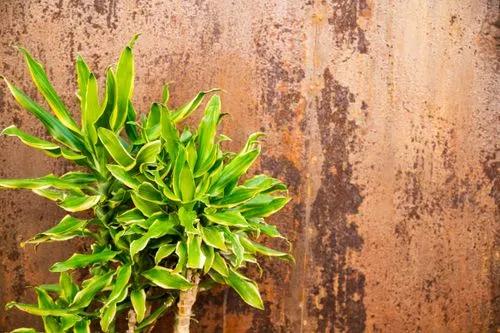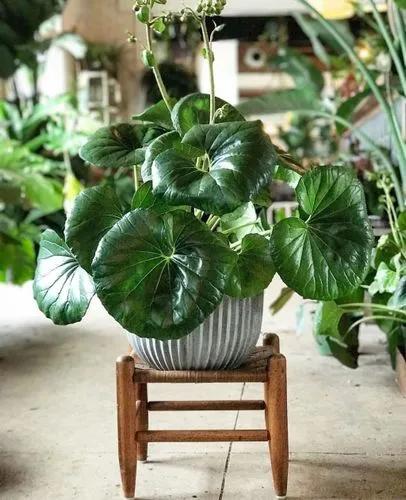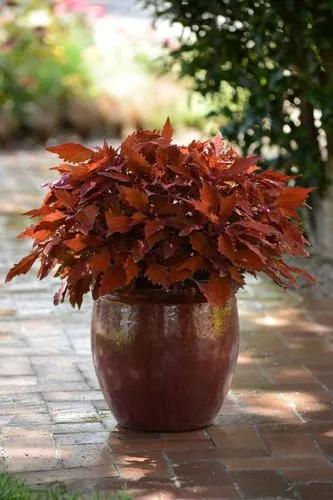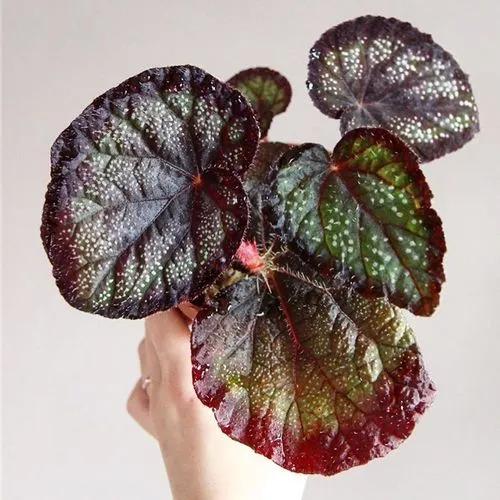A dense mound of finely toothed, silver-grey foliage and beautiful, long, slender, dark purple flower spikes. Very tolerant of heat, sun, and periodic drought. Ideal for sunny perennial borders or rock gardens, and raised beds or containers.
Goodwin Creek Lavender Care
Lavandula X Ginginsii 'goodwin Creek Gray'



How to Care for the Plant

Pruning

After flower stems have faded, cut them off at the base. The whole plant can be cut back after all flowers have faded to maintain a compact, dense shape.

Fertilizer

Fertilizing lavender too heavily may cause it to grow excess foliage and never flower (particular if the fertilizer for lavender is rich in nitrogen) or it may flat out kill it.

Soil

When growing Goodwin Creek Grey lavender indoors, make sure to plant it in well-draining soil and to give it lots of light.

Temperature

Daytime temperatures of 60–75°F are fine indoors. In fall and winter, place your Lavender where the nighttime temperature falls to 60°F. WATERING: Like most silver-leaved plants, Lavender is accustomed to growing in very dry, lean soil. Water only when the top inch of the potting mix is dry to the touch.

Additional

Toxic to dogs, cats and horses.

Popularity

148 people already have this plant 38 people have added this plant to their wishlists
Discover more plants with the list below
Popular articles






